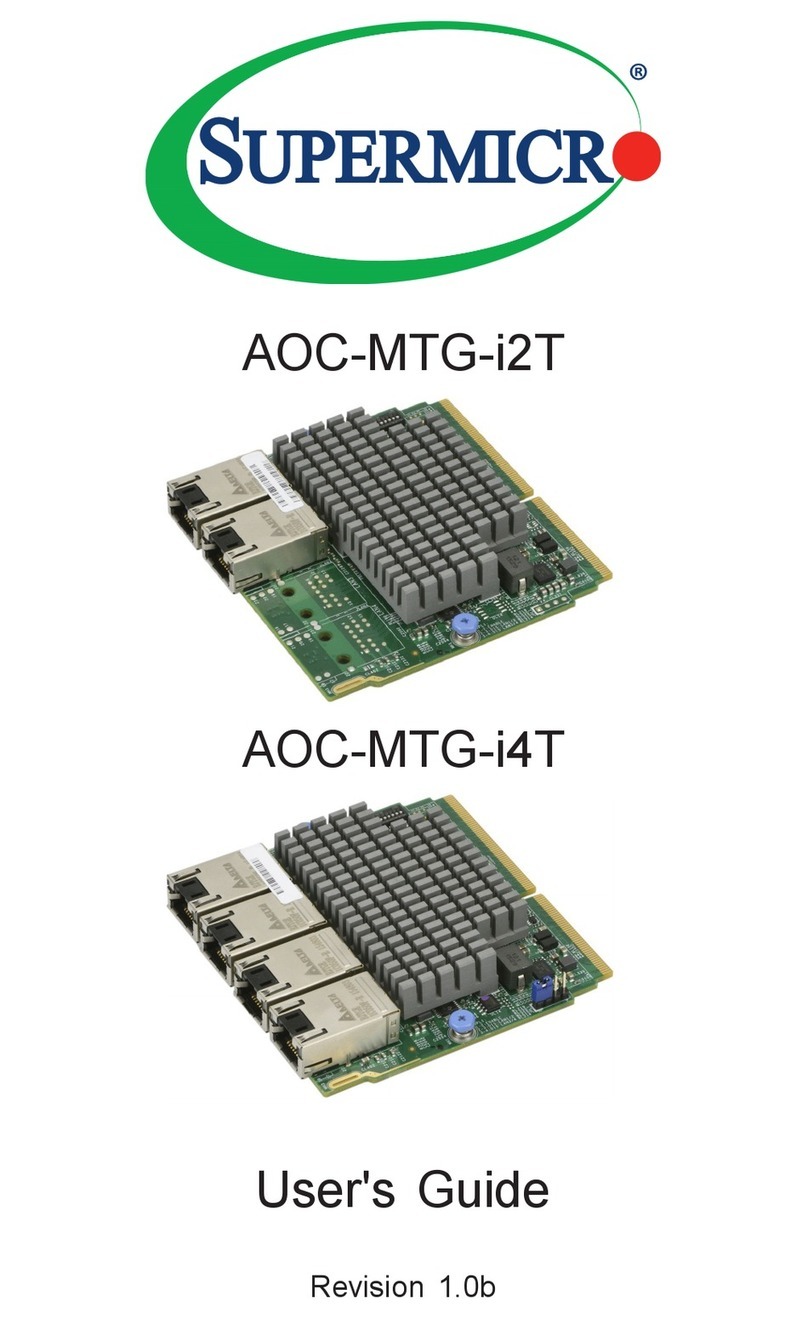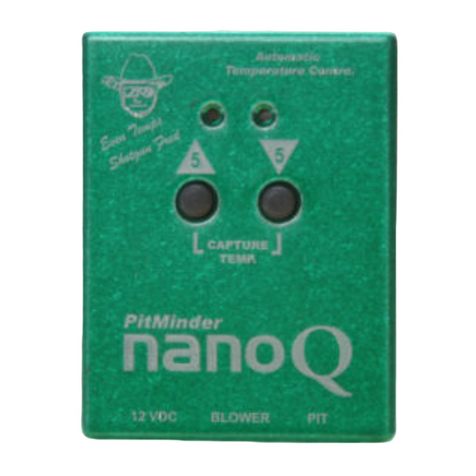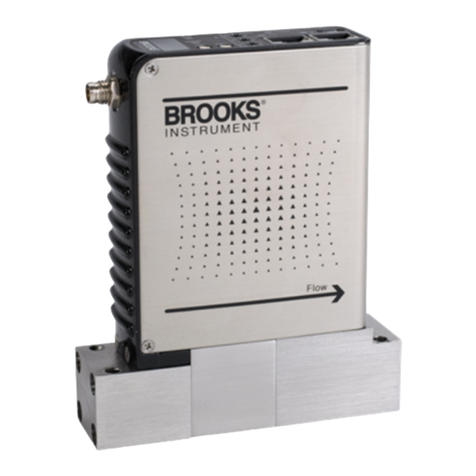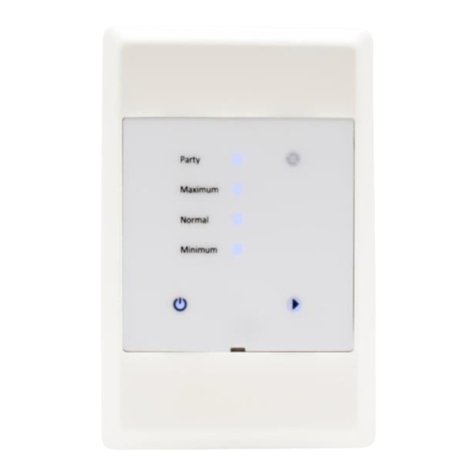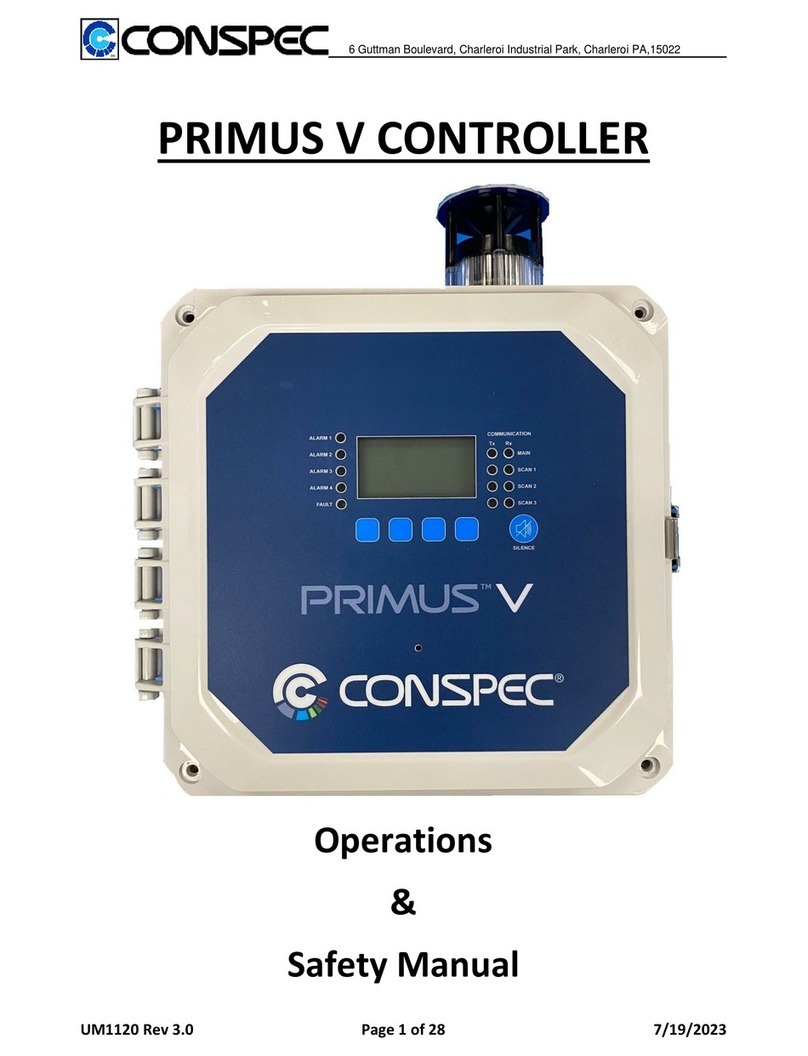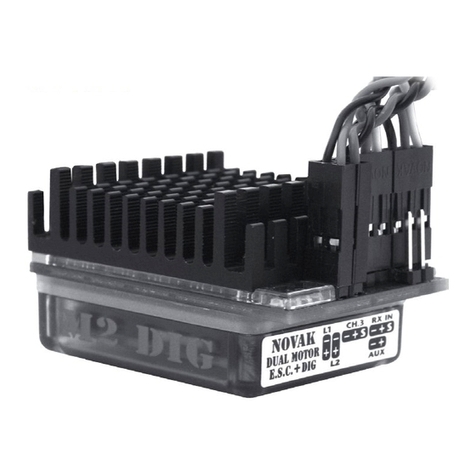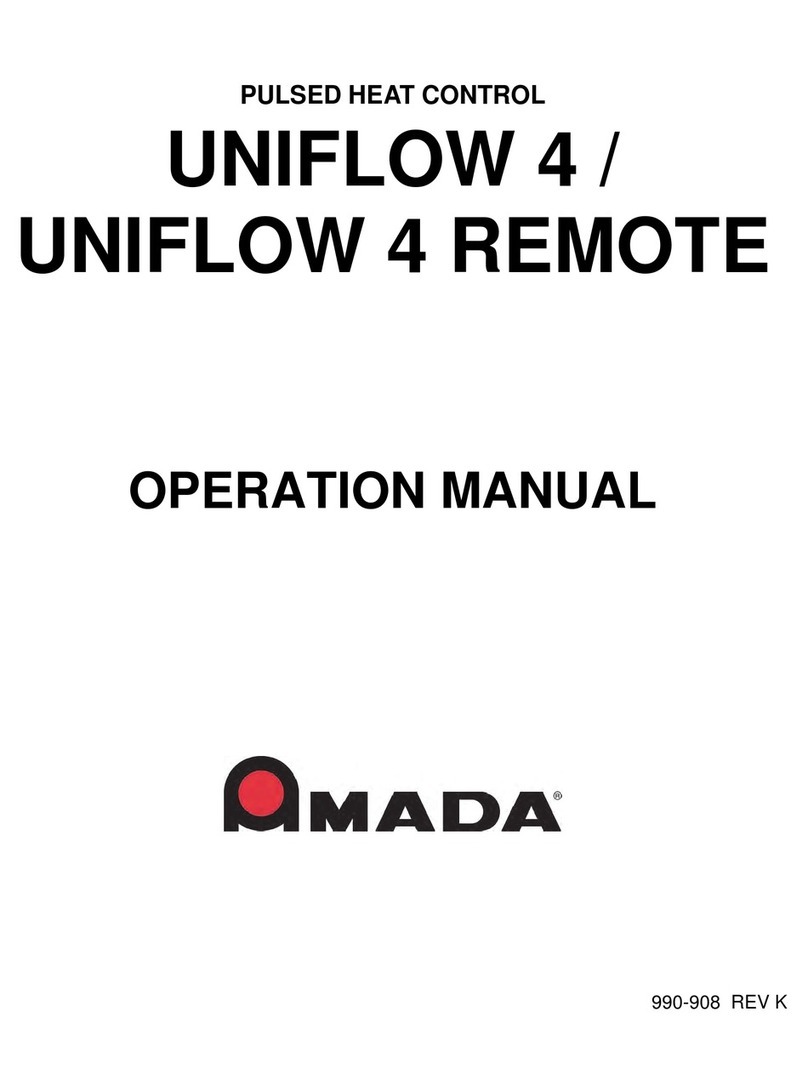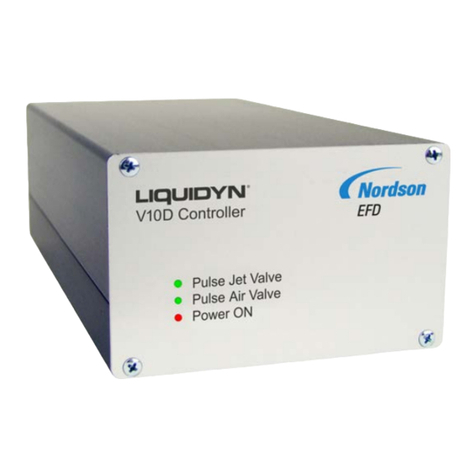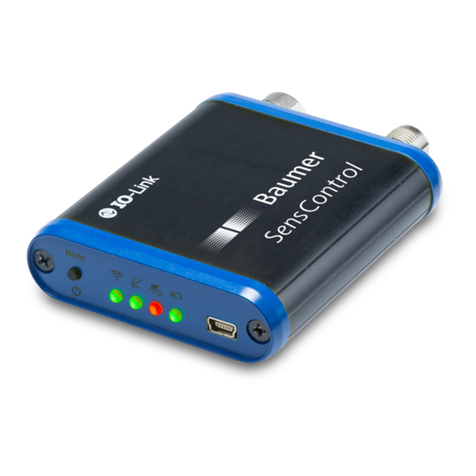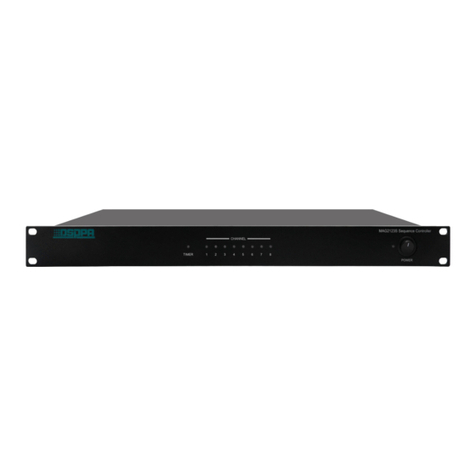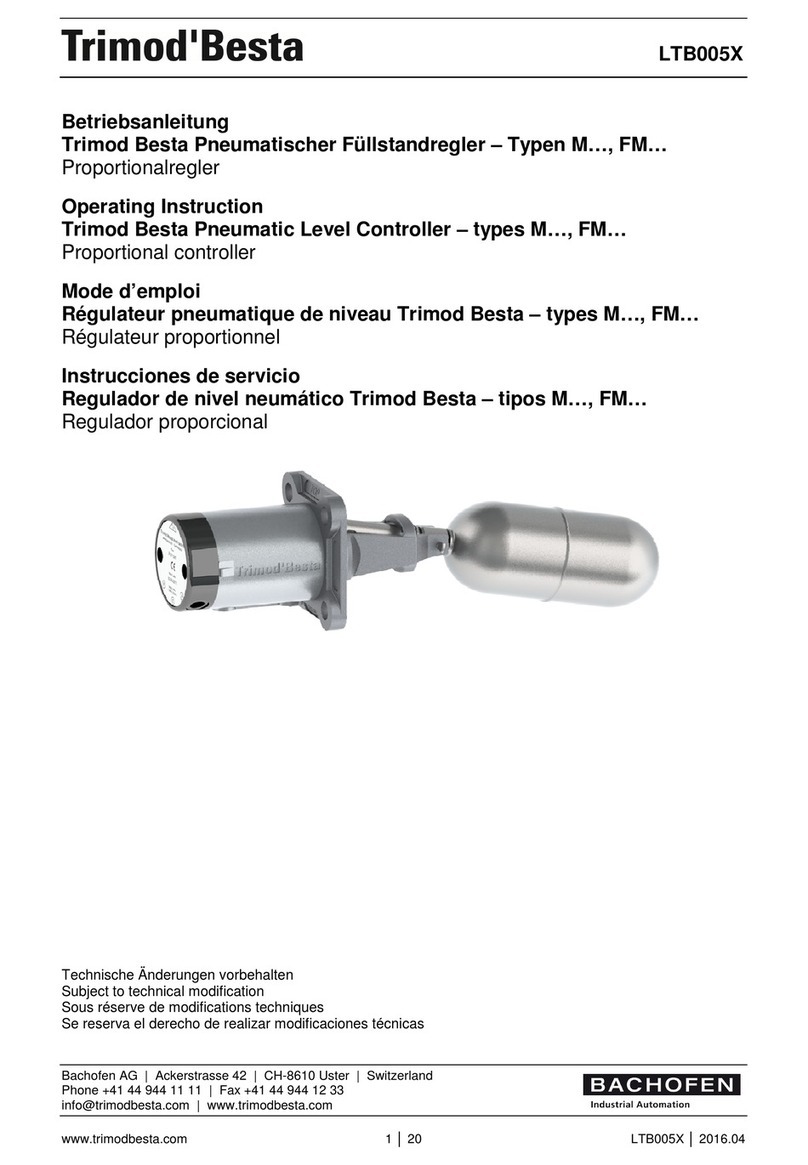Actuonix LAC User manual

USB Control and Configuration of the
LAC
(Linear Actuator Control Board)
Compatible Products:
LAC
L12-SS-GG-VV-P
L16-SS-GG-VV-P
PQ12-GG-VV-P
P16-SS-GG-VV-P
T16-SS-GG-VV-P
This note provides further information regarding the Linear Actuator Control
board, with the intent to allow custom computer control and configuration.

Manual Quick Start:
The LAC board is static sensitive. Ensure your work area is
static safe prior to removing the board from the static bag or
optional housing.
With all power and USB cables disconnected, connect an actuator to either the screw
terminal header or the Actuonix connectors as described in the datasheet.
PQ12–P : Copper faces contacts L12–P and L16-P Other –P : Wire colours may differ
Connect the external potentiometer, control signal, or RC connector.
External Pot : Wiper wire to VC Signal : Connect RC, IC, or VC RC Receiver : Standard Connector
If connecting a signal to RC, IC, or VC, make sure the signal ground is connected to the
power supply ground (-).

Apply power to the LAC board. If using the RC connector, do not connect a separate
power supply. This can result in large currents flowing between power supplies. If you
do wish to connect a separate supply, ensure the Red RC wire is disconnected.
+/- Power terminals RC connector : No other power
You system should now operate normally with Actuonix’s default configuration.
Actuonix LAC : Battery Powered, L12-P Actuator, Potentiometer Controlled
To manually adjust the LAC configuration, rotate the four potentiometers on the LAC to
the desired locations. Counter clockwise reduces the corresponding value, while
clockwise rotation increases the value. Power must be cycled before changes take effect.
Limits – The Potentiometer closer to the USB connector is the retract limit, and the one
further away is the extend limit. For maximum stroke, set each potentiometer to fully
clockwise. Rotating counter clockwise from this position will move the limits inward,
from either end. If your settings overlap, the actuator will not move at all.

Speed – Fully counter clockwise, sets the speed to zero. Fully clockwise, sets the speed
to maximum.
Accuracy – Fully clockwise rotation sets the precision to maximum. Rotating counter
clockwise increases the distance around the desired position where the actuator will stop
moving. If the actuator is jittery, reduce the precision slightly.
Advanced USB control options:
The included Advanced Configuration Program allows all the manual settings, and many
other control values, to be set by USB.
The Direct Control Tab, shown above, allows simple USB control of Position and the
four regular potentiometer controls. All these controls accept values from 0 to 100
percent.
The Advanced Configuration Tab provides full configuration control. Values can be set
to override the defaults, and the potentiometers, by pressing the Disable Defaults button.
The entered values will then be retained even when power is cycled. To return to the
default state, reconnect to the LAC Configuration Utility and press the Re-enable
Defaults button.

Advanced configuration settings can be saved and re-opened, through the File menu.
Brief descriptions for each value can be seen by moving the mouse over the
corresponding label (“Stall Time”, “Accuracy”, etc). More detailed descriptions are
given in the Custom Windows Programs section of this document.
Custom Control Programs:
The supplied .dll file can be used to interface with the Actuonix LAC using a variety of
Windows based programming languages, including Visual C++ and Labview. The
standard functions are described in the mpusbapi.h file, while the LAC specific details
are described below.
The MPUSBOpen function is used to retrieve INHandle and OUTHandle. Once a valid
connection is established, all LAC functions are accessed using MPUSBWrite(...) and
MPUSBRead(...). Be sure to close any openHandles with MPUSBClose before exiting
your program. Labview example code is available.
Format: 3-byte packet
Control, Data Low, Data High
Buffer[0]=Control
Buffer[1]=Data Low
Buffer[2]=Data High
Write: MPUSBWrite(OUTHandle, Buffer, 3, &ActualLength, 1000)
Read : MPUSBRead(INHandle, Buffer, 3, &ActualLength, 1000)
Control Values:

0x01 SET_ACCURACY 0x10 GET_FEEDBACK
0x02 SET_RETRACT_LIMIT
0x03 SET_EXTEND_LIMIT 0x20 SET_POSITION
0x04 SET_MOVEMENT_THRESHOLD 0x21 SET_SPEED
0x05 SET_STALL_TIME
0x06 SET_PWM_THRESHOLD 0x30 DISABLE_MANUAL
0x07 SET_DERIVATIVE_THRESHOLD
0x08 SET_DERIVATIVE_MAXIMUM 0xFF RESET
0x09 SET_DERIVATIVE_MINIMUM
0x0A SET_PWM_MAXIMUM
0x0B SET_PWM_MINIMUM
0x0C SET_PROPORTIONAL_GAIN
0x0D SET_DERIVATIVE_GAIN
0x0E SET_AVERAGE_RC
0x0F SET_AVERAGE_ADC
Note: Whenever a command is sent, the LAC will echo back the command. The
exception is SET_POSITION, which returns the current position.
0x01 SET_ACCURACY:
This is the value controlled by the Accuracy Potentiometer. A value between 0-1023 is
accepted. When the feedback position is plus or minus this value, the actuator will stop
moving. Reducing this too far will result in the actuator continuously moving back and
forth, never reaching the set point. The default value is four. To find the equivalent
distance, use the formula:
Value
1024 ×Stroke
For example, a value of four will give you +/- 0.117mm accuracy when controlling a
30mm actuator.
4
1024×30mm=0.117mm
0x02 SET_RETRACT_LIMIT and 0x03 SET_EXTEND_LIMIT
These are the values that are set with the Limits Potentiometers. Setting the
Extend_Limit to 1023 and the Retract_Limit to zero will allow movement over the full
range. However, it is recommended to offset these values to ensure the actuator is never
driven into the physical end stops. This increases cycle life considerably. To set the
desired limits take the distance (mm) from the physical stop you wish to limit the actuator
to, and plug it into the following equation.

Distance
Stroke ×1023
For example, to set the limits to 1mm from the end stop of a 30mm stroke actuator, set
EXTEND_LIMIT to 34.
1
30 ×1023=34
0x04 SET_MOVEMENT_THRESHOLD
This value determines the minimum actuator speed that is considered a stall. When the
actuator speed drops below this value, the stall timer begins counting.
0x05 SET_STALL_TIME
This is the amount of time in milliseconds that the actuator will wait before turning off
the motor when a stall is detected. This timer is triggered when the actuator determines
the speed of movement is below an acceptable level. The actuator will exit this state
when the input signal tells the actuator to move in the opposite direction.
0x06 SET_PWM_THRESHOLD
This value sets the distance around the set point where the PWM PD controller is active.
When the distance between the feedback and set point is greater than this value the
actuator speed is set to maximum.
0x07 SET_DERIVATIVE_THRESHOLD
This value is compared to the measured speed to determine when the PWM should be
increased to attempt to exit a stall condition. This is normally set to the same value as the
MOVEMENT_THRESHOLD.
0x08 SET_MAX_DERIVATIVE
This value sets the maximum value that the derivative term can contribute to the control
speed.
0x09 SET_MIN_DERIVATIVE
This is the minimum value that the derivative can contribute to the control speed.
0x0A SET_MAX_PWM_VALUE
This is the value that is manually controlled by the speed potentiometer. This is the
speed that the actuator runs at when outside the PWM_THRESHOLD. Setting this to

1023 will allow the actuator to achieve full speed. The actuator may exceed this value
while attempting to overcome a stall condition.
0x0B SET_MIN_PWM_VALUE
This is the minimum PWM value that can be applied by the PD control.
0x0C SET_Kp
This is the constant for the proportional control term. Increasing this value will make the
actuator approach the set point faster; reducing this will make the approach slower. If the
actuator is overshooting the set point before stopping, then reducing this value will
reduce the amount of overshoot.
0x0D SET_Kd
This value sets the rate at which the differential portion of the controller increases during
a stall condition. This is not a true differential term. However, the effect is similar. As
long as the actuator detects a stall condition, the derivative term is incremented. If the
stall condition is resolved the stall timer will be reset, otherwise the stall timer will elapse
and stop the motor.
0x0E SET_AVERAGE_RC
This value determines the number of samples used in filtering the RC input signal before
the actuator moves to a new position. Increasing this value can increase stability but does
effect response time. The default value is four. The delay time can be calculated by
multiplying this value by 20ms. This value does not affect the feedback filter delay. The
actuators control response to a valid input signal will not be affected.
0x0F SET_AVERAGE_ADC
This value determines the number of samples used in filtering the feedback and analog
input signals (if active). Increasing this value has a similar delay effect as described
above, however this delay does affect actuator control response. Since this delay allows
the actuator to move a certain distance before updating the speed based on the PD values,
other values may need to be re-tuned if this value is changed.
0x10 GET_FEEDBACK
This command causes the actuator to respond with a feedback packet containing the
current actuator position. This is read directly from the ADC and may not be equal to the
set point if the actuator has not yet reached it.
0x20 SET_POSITION

This command allows USB control and disables RC, I, and V inputs until the system is
rebooted. The data sent with this command determines what position the actuator moves
too.
Distance
Stroke ×1023
For example, to half way extend(25mm) a 50mm actuator, send 512. (The calculated
value is rounded to a whole number).
0x30 DISABLE_MANUAL
This command saves the current configuration settings to EEPROM and disables the four
potentiometers. On reboot, these values will continue to be used instead of the
potentiometer values. Analog inputs will still function as normal.
0xF0 RESET
This command turns the manual control potentiometers on and resets the configuration
settings to factory default.
Related Documents:
Extending actuator life
Technical assistance and design support services — Disclaimer of Warranties; Release of Claims
Actuonix offers technical assistance and design support services as a convenience to Actuonix customers.
Actuonix personnel strive to provide useful information regarding Actuonix products. Actuonix does not
guarantee that any information or recommendation provided is accurate, complete, or correct, and
Actuonix shall have no responsibility or liability whatsoever in connection with any information or
recommendation provided, or the customer's reliance on such information or recommendation. The
customer is solely responsible for analyzing and determining the appropriateness of any information or
recommendation provided by Actuonix personnel, and any reliance on such information or
recommendation is at the customer's sole risk and discretion. Accordingly, the customer shall release and
hold Actuonix harmless from and against any and all loss, liability, and damage incurred by the customer
or any third party as a result of any information or recommendation provided to the customer or the
customer's reliance on such information or recommendation.
All information provided on this datasheet is subject to change. Purchase or use of
Actuonix actuators is subject to acceptance of our terms and conditions as posted
here: http://www.actuonix.com/terms.asp
Revised Jan 2018
This manual suits for next models
5
Table of contents
Popular Controllers manuals by other brands
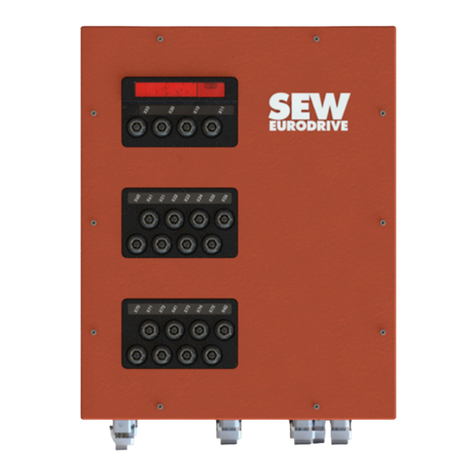
SEW-Eurodrive
SEW-Eurodrive EMS operating manual
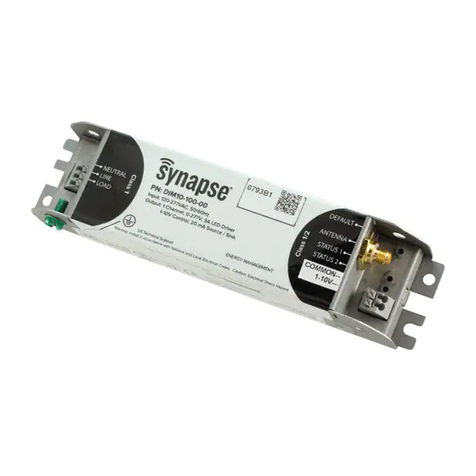
Synapse
Synapse DIM10-100-00 installation guide
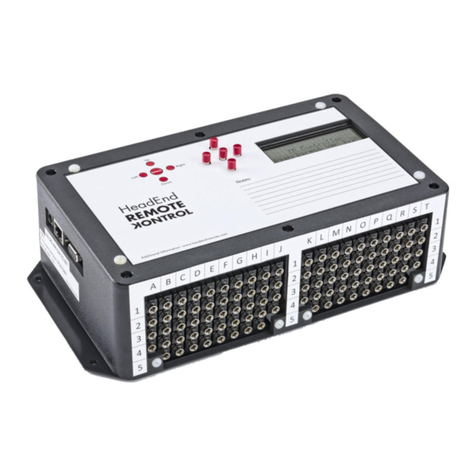
Headend Products
Headend Products Remote Kontrol user manual
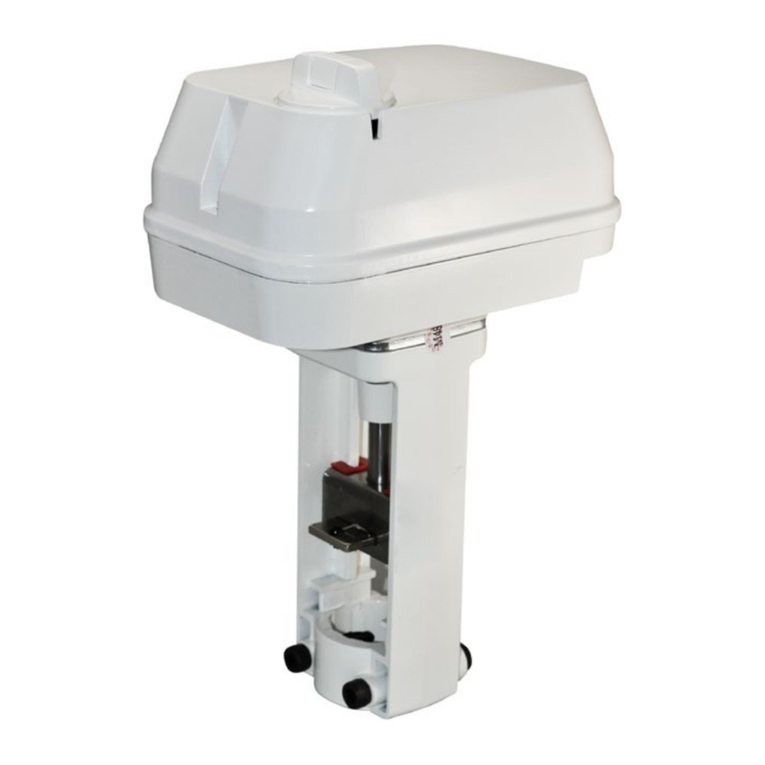
industrie technik
industrie technik SE18F230 Instruction

AIR SYSTEMS
AIR SYSTEMS POA-1 operating manual
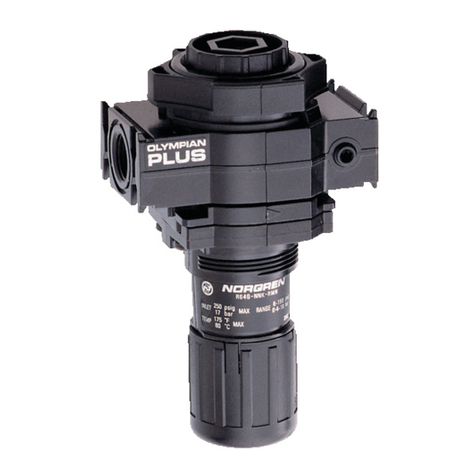
IMI NORGREN
IMI NORGREN R64G Series Installation & maintenance instructions
